This article served as a follow-up to the ‘Power Driven’ article published in the Guardian in November 2003.
Schnews, 4th March 2005, Issue 487
Super-cool Iceland, the eco-tourist’s wet dream, right? Maybe not for much longer if the Icelandic government has its way.
You see, they’ve got a cunning plan to turn the whole country into a heavy industry paradise for all sorts of multinational scum, damming and flooding and generally trashing nature to power up a bunch of giant aluminium smelters and other slight blots on the landscape.
This is not an early April fool – it’s already started. The construction of the giant Karahnjukar dam in the Icelandic Highlands – one of Europe’s last surviving wildernesses – is well under way. Landsvirkjun (the national power company, a government quango) has a raft of further projects that would see 25% of the entire country dam affected by 2020: some vision.
Karahnjukar and most of Landsvirkjun’s future schemes harness glacial rivers fed by Vatnajokull – the biggest non-arctic glacier in the world. This glacier is the heart of a fantastically intricate eco-system: barren red and black Martian landscapes; geo-thermal springs and pools hot enough to take a bath in; rivers banked by deep, springy emerald green moss woven with tiny red and yellow flowers where no-one’s ever walked; the glacier’s own fantastic ice caves; seal breeding grounds on the black sand deltas to the north. All this will be destabilized and damaged forever if these dam projects are allowed to happen.
An international protest camp this summer aims to halt this war on nature. It’s going to be one hell of a struggle since the Icelandic government seems determined to push these projects through, no matter what opposition it faces.
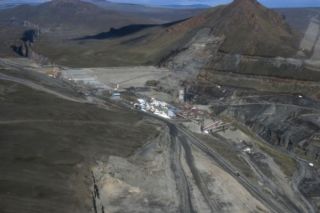
What’s going on at Karahnjukar demonstrates the way that government operates. When plans for the mega-project were first submitted to the National Planning Agency (NPA) in 2001 they were rejected because of the “substantial, irreversible, negative environmental impact” the dam would have. All the experts agreed with this verdict (see IRN’s report linked below). But the environment minister overturned the NPA’s ruling and declared that in her opinion the project was environmentally acceptable – of course she is suitably qualified to decide on environmental issues – she’s a physiotherapist! There were a few financial hiccups with banks getting all ethical but Barclays bravely stepped forward with the necessary dosh – even though they’d signed up to the Equator Principles which demand “sound environmental management practices as a financing prerequisite.”
Work started in July 2003, with Italian bully-boys Impregilo (construction arm of Fiat, currently charged with corruption in Lesotho and ‘financial irregularities’ at home) and a terrifying squadron of Caterpillar bulldozers began to claw up and dynamite the fragile sub-arctic tundra. Reindeer, arctic foxes, other small animals and thousands of bird species that lived there fled in fear.
FROZEN ASSETS
All electricity produced at Karahnjukar is contracted to a massive Alcoa aluminium smelter (being built by Bechtel, due to be operational in 2007) which itself will pollute and ruin Reydarfjordur, a pristine eastern fjord. A Reykjavik court recently ruled that Alcoa’s planning permission for this monstrosity isn’t valid, but that probably won’t stop them as they immediately appealed to the – allegedly – rigged High Court.
Karahnjukar won’t benefit Icelanders at all: none of the electricity is destined for the national grid and cos there’s little unemployment in the region no Icelander’s gonna want a nice healthy job at the smelter thanks.
Yet the cost to the nation is enormous: independent experts say the economy is at risk (see IRN report), it has cost $1 billion so far and is likely to cost more – the electricity for Alcoa is for a price linked to the changing prices of Aluminium on London Metal Market…in other words no guarantee it’ll ever make a profit.
The environment suffers more by the day. They’ve already blown part of Dimmugljufur – Iceland’s Grand Canyon – to smithereens, and if they fill up the reservoir (scheduled 2007), 65.5 square kilometres of pristine wilderness will be completely submerged. This land includes birthing grounds for the majority of Iceland’s reindeer and Ramsar ‘protected’ nesting sites for endangered species such as pink-footed geese, and Gyrfalcon. Sixty waterfalls will be lost as will a range of sediment ledges – judged completely unique in the world by scientists studying global warming – which record 10,000 years of geological and climate change. And this vast projected reservoir would extend right onto the glacier itself, which is breaking up because of global warming. Wouldn’t giant icebergs trucking up to the dam be a bit – er – dangerous? Yep. And it gets worse – the dam is being built over a seismic fault!
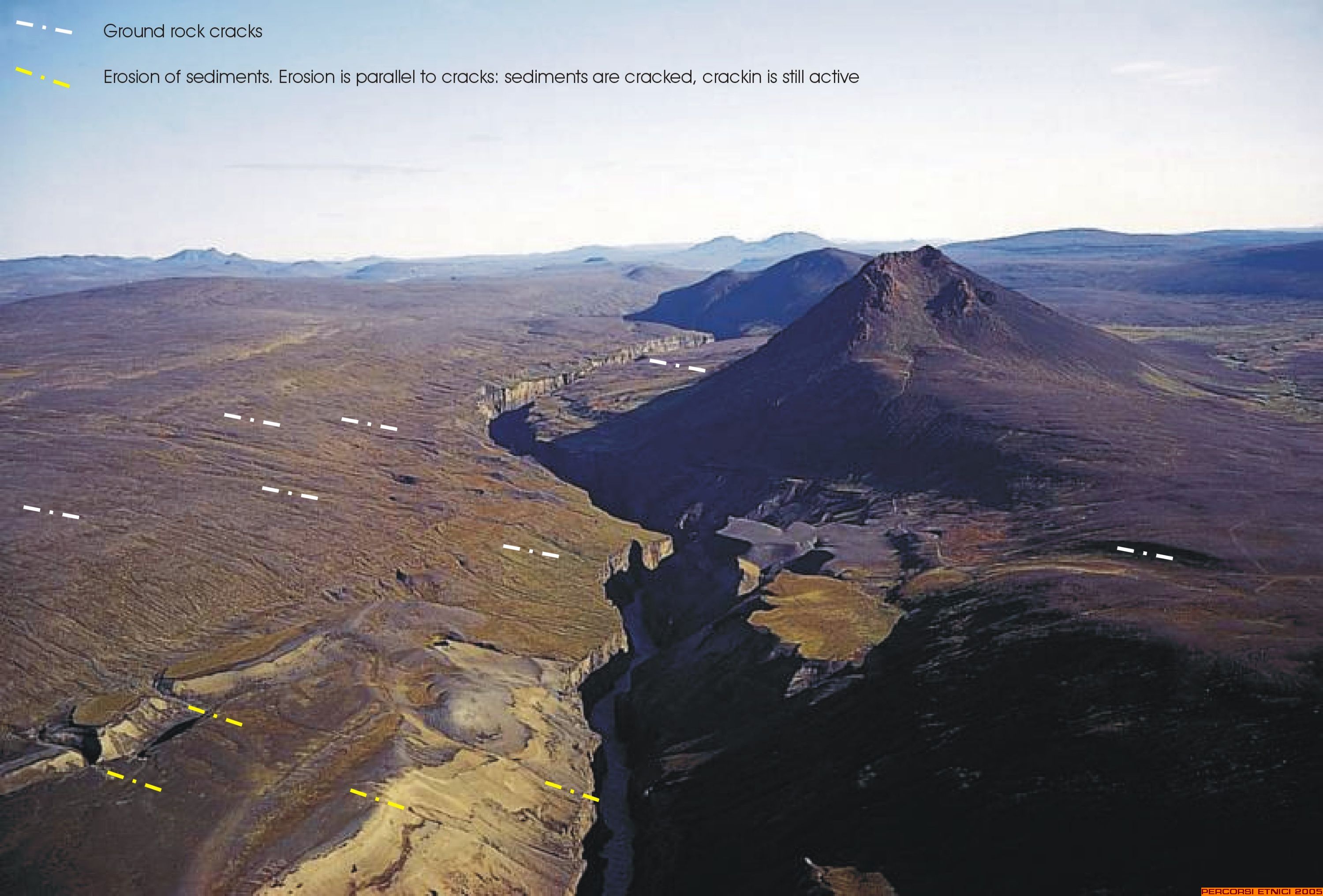
Earthquake zone at Kárahnjúkar volcanoes
White lines = Ground rock cracks
Yellow lines = Erosion of sediments. Erosion is parallel
to cracks: Sediments are cracked, cracking is still active
.
In 2003, Landsvirkjun’s chief, Fridrik Sophusson, was asked what would happen if there was an earthquake under the dam. “It would burst,” he smiled calmly. “A catastrophic wall of water would annihilate everyone in Egilsstadir [the nearest town] and all the neighbouring farms would be swept away.” Icelandic Tsunami anyone? “It won’t happen,” he added smugly. Yet in August 2004 there were continuous earthquakes at Karahnjukar for several days.
Environmentalists also warned that silt residues left by changing water levels round the projected reservoir would dry to a fine dust which the wind would carry onto local farmland. This was dismissed, yet last summer silt left in the wake of unexpected surges in the newly diverted glacial river produced just such devastating dust storms.
But none of this makes any difference: while everyone else in the ‘developed world’ is busy dismantling dams, Iceland’s rulers just can’t get enough. There are plans to dam every major glacial river in the country. Rio Tinto Zinc are reportedly salivating over the chance to devastate the North of the country, while Alcan and Century (who’ve already got smelters near Reykjavik) are keen to expand their deathly shadow in the south.
Ironically, the government- via its tourist board – still invites visitors to enjoy the “unspoilt pure natural beauty” it’s hell-bent on destroying! So how do they get away with it? Well, Iceland has a tiny population (290,000) and power is concentrated in the hands of a few very wealthy families who control politics, industry and the media. Scientists, journalists, anyone who asks questions is swiftly discredited and then sacked.
But it’s not all bad news and you can even help. A really vigorous and up-for-it grass-roots environmental movement is emerging, determined to stop Icelandic nature being pimped to the highest bidder. It’s a David v. Goliath battle and the call is out for international support.
If you are up for peacefully showing your solidarity with some of the most fantastic nature on our planet, check out www.savingiceland.org and joining the protest camp summer 2005.
http://www.schnews.org.uk/archive/news487.htm
Also in pdf.
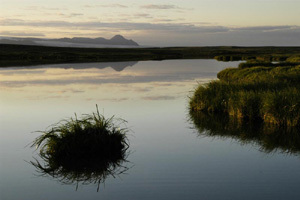
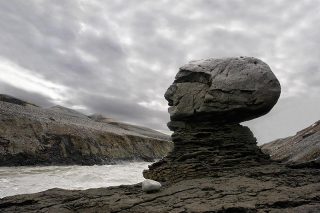

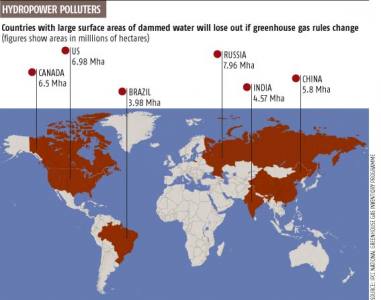
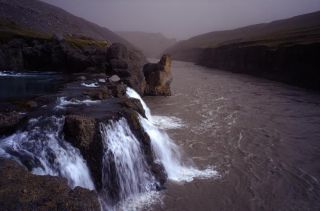
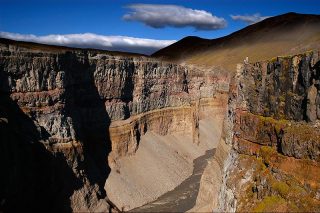
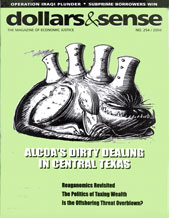 “…some Alcoa Rockdale employees… were offered a choice between early retirement or transfer to Iceland.” So much for job creation for the people of Eastern Iceland!
“…some Alcoa Rockdale employees… were offered a choice between early retirement or transfer to Iceland.” So much for job creation for the people of Eastern Iceland!